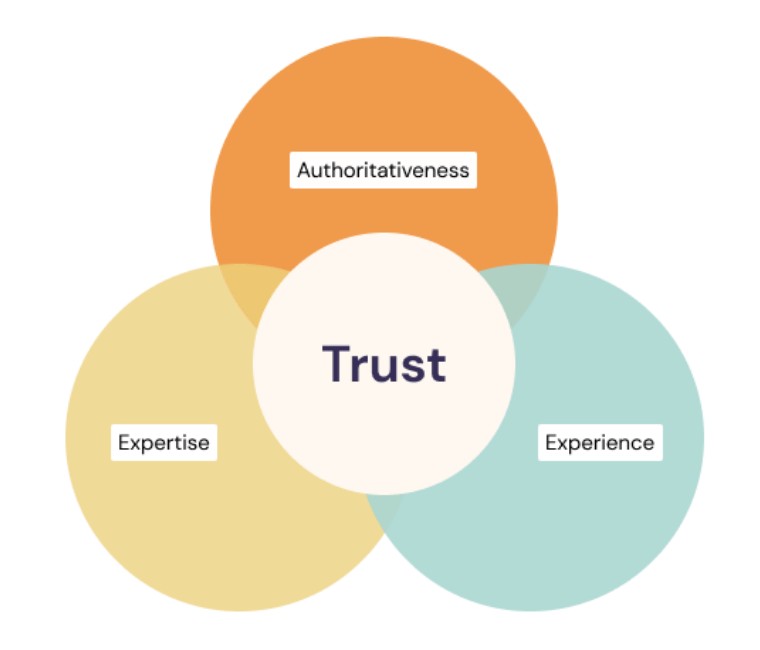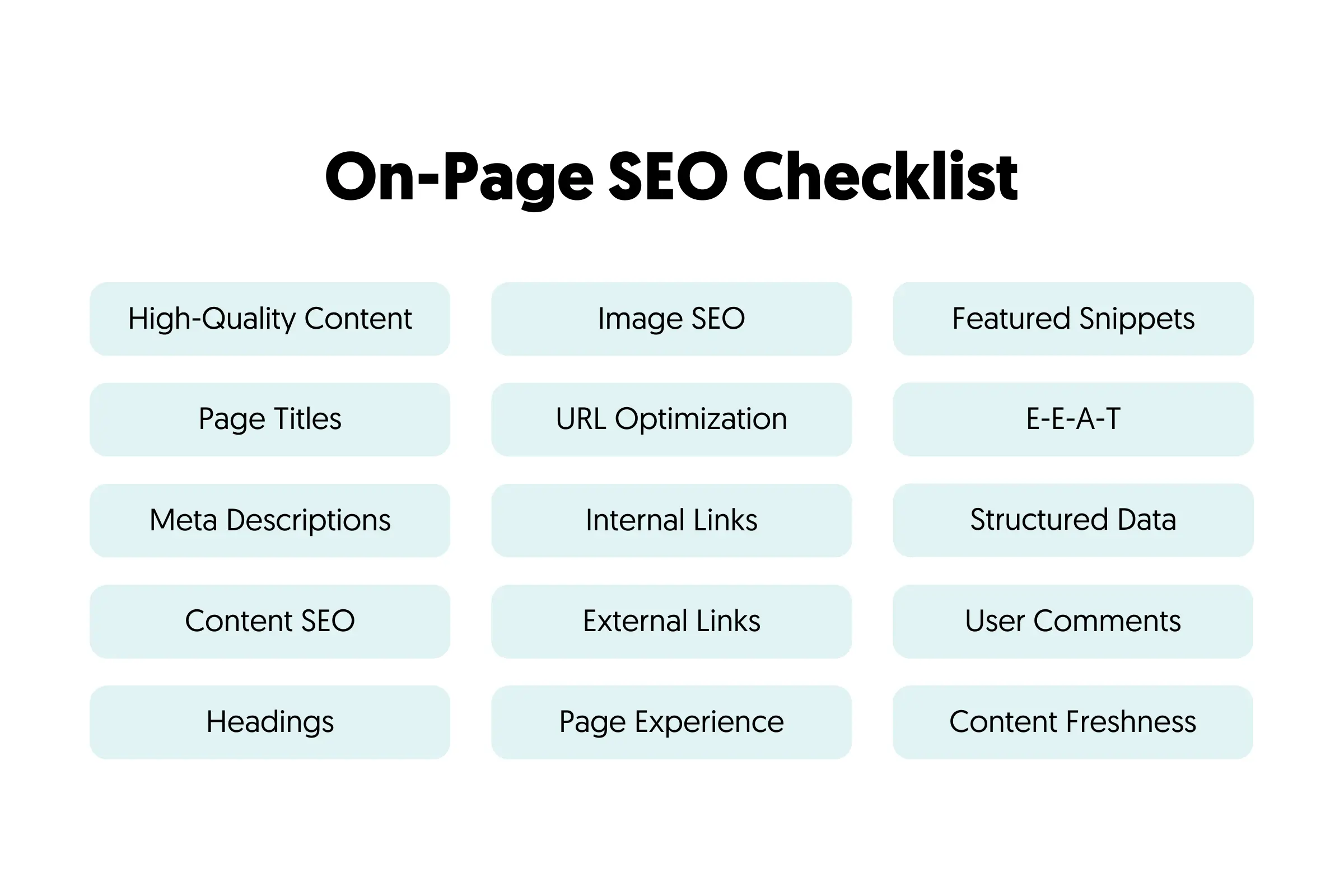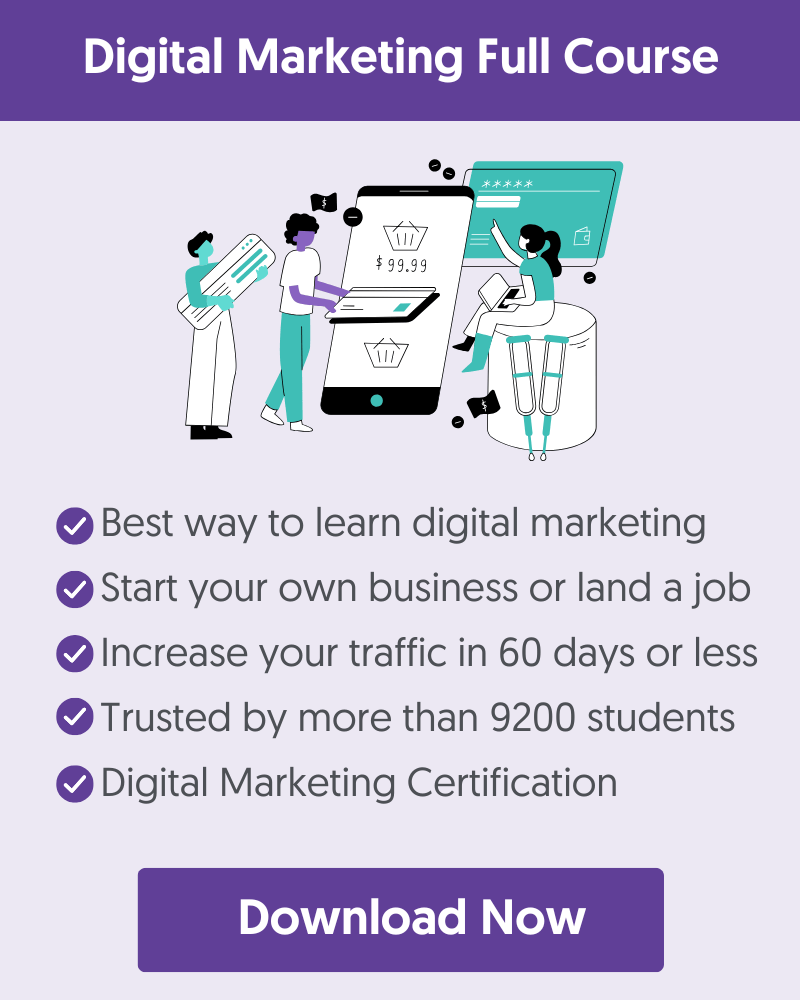Evergreen content is one of your website's most valuable assets. It will help you increase your organic traffic and guarantee long-term success in digital marketing.
In this article, you’ll learn what evergreen content is and the best practices for using evergreen content in your digital marketing strategy.
What is Evergreen Content?
Evergreen content in digital marketing is content that remains valuable and relevant over time, regardless of trends or current events. It consistently attracts traffic and engages readers because it addresses timeless topics that people always search for.
For content to be considered “evergreen”, it needs to have the following characteristics:
It is not time-sensitive. Meaning it is not associated with a specific time period, but it’s relevant whenever you read it.
It is unique and original. Content that is not an exact duplicate of what is already published on the Internet.
It is useful. Not all original content is useful. When you read an article considered ‘evergreen content’, you should learn something from it.
It’s optimized. It is published on a web site that follows some basic on-page SEO optimization rules.
It’s detailed and informative. Although there is no word limit, ‘evergreen content’ is usually comprehensive and informative.
It is searchable. For all the above to have real value, the topic of evergreen content needs to be something users search for in Google. Otherwise, even if you rank high in the SERPS, you won’t receive any visits to your website.
Anything that does not comply with ALL the above rules cannot be considered ‘evergreen content’.
Evergreen Content Examples
Let’s see some real examples to make things easier:
- "How To Tie a Tie" - the steps haven't changed for years.
- "What is SEO?" - is always relevant since new people enter the field regularly.
- "How to Boil an Egg"- remains useful because these fundamentals never change.
- "Beginner’s Guide to Push-Ups" - stay relevant because foundational exercises don’t go out of style.
- "When to Use ‘Your’ vs. ‘You’re" - are always in demand as people continuously look to improve their writing.
- "What is Evergreen Content?" helps beginners understand key concepts, ensuring ongoing relevance.

Common Evergreen Content Formats
Many types of content can be included in the evergreen category, but the ones that match 100% the characteristics of long-lasting content are:
- How To articles
- Listicles
- Tips
- Wikipedia style content
- Comparison articles
- Step-by-step guides
- Storytelling
- FAQs
- Definitions and Glossaries
To help you understand the concept better, ‘How to’ type of articles are considered evergreen because:
- They are helpful since they provide a solution or answer to a problem.
- They are always relevant. An article on ‘How to tie a tie’ will always be relevant whether you read it now or in 5 years.
- ‘How-to’ articles are usually detailed, giving you the exact steps (sometimes with images and video) to solve a problem.
- People like to search for ‘how-to’ articles. This is the beauty of the Internet: Anything you want to do or learn, you can search for it.
- Provided the content is unique and has some work on SEO optimization, ‘how-to’ articles can rank high in Google search and AI platforms.
What Is Not Evergreen Content And Why?
Seasonal content - Articles like "Best Christmas Gift Ideas" or "Halloween Costume Ideas" are only relevant during specific times of the year. Their traffic peaks seasonally and declines afterward.
Trending content -Topics like "AI Trends in 2025" gain short-term popularity but lose relevance as trends fade.
News articles - are not evergreen content because even if they satisfy four of the five rules (unique, detailed, useful, SEO optimized), they fail in relevancy. A ‘news’ article is relevant only for a specific period.
Fashion and technology articles - they cease to be relevant in a short period. For example, I may write a great review of the iPhone 12, but this will be obsolete in a few years, and nobody will care or want to read about an out-of-date model.
Statistical data and case studies based on a period - Not many people want to read a case study today on how banks were affected by the millennium bug or the percentage of people who used Twitter in 2019.
Benefits of Evergreen Content For SEO
Evergreen content is important for SEO because:
It can help you increase your traffic over time. SEO optimized evergreen content will eventually rank in Google and potentially generate traffic for years.
It can help you get more links. Backlinks play a very important role in search engine ranking algorithms, and one way to get more links is to publish high-quality evergreen content that other publishers will link to repeatedly.
It helps you build E-E-A-T. EEAT stands for Experience, Expertise, Authority, and Trustworthiness, three factors that play a huge role in Google rankings. By publishing evergreen content, you can establish your website as an authoritative resource on the topics related to your business.

It's easier to maintain. Unlike time-sensitive articles that require constant updates, evergreen content requires minimal maintenance. Revising it every few months is enough to stay relevant.
It improves engagement and conversions. Because evergreen content answers common questions, it attracts visitors who are more likely to convert into subscribers, leads, or customers.
It's great for internal linking. Evergreen content can serve as cornerstone content, helping you structure your site with strong internal links that boost SEO and improve user experience.
Evergreen Content Best Practices
Choose Timeless Topics Through Keyword Research
Start by identifying topics people consistently search for. Keywords with steady search volume over time indicate lasting interest, making them ideal for evergreen content.
Tools like Google Keyword Planner, Google Trends, or Semrush can help you uncover evergreen keywords. Look for search queries that aren’t tied to a specific year, season, or current event.
Check What Already Works for Competitors
Perform an SEO competitor analysis to find competitors' articles that generate steady traffic over time. Look for pages with high organic traffic, backlinks, and social media shares or comments.
Find gaps in their content and think of ways to improve your articles. Maybe they are missing some key information, or there is a better way to present it in a more engaging format.
Make It Shareable and Link-Worthy
The more valuable and engaging your content is, the higher the chances it will be referenced by other websites and mentioned on social media.

To encourage sharing, focus on creating high-quality, well-researched content that solves a problem or answers a common question. Unique insights, expert opinions, and actionable tips make your content more appealing and linkable.
Include Visuals
Including visuals is also crucial. Articles with original images, and videos are more engaging and easier to digest. When you combine strong writing with eye-catching visuals, your evergreen content becomes more valuable, increasing its potential to stay relevant for years to come.
Optimize On-Page SEO
Even the best evergreen content won’t perform well if it’s not optimized for search engines. SEO ensures that your content ranks high in search results, making it easier for people to find and revisit over time.
Since evergreen content is designed to stay relevant for years, proper on-page SEO optimization helps maintain its visibility and traffic long after publication.

Here’s how to optimize evergreen content for SEO:
- Write compelling meta titles and descriptions. These influence click-through rates, so make them engaging while including your primary keyword.
- Use clear headings (H1, H2, H3) to improve readability and help search engines understand your content better.
- Answer common questions concisely to increase your chances of appearing in Google’s featured snippets.
- Use short, SEO-Friendly URLs without unnecessary numbers or special characters.
Mix Evergreen Content With Non-Evergreen Content
A good website should have all types of content. Evergreen content will help you establish a good presence in search engine results pages, and non-evergreen content to attract visitors looking for current trends (especially from social media networks).
Even for ‘News/fashion’ websites, you can use evergreen content to elaborate more on trending topics.
For example, if you post news about celebrities and have the post “Look how Kim looks after losing 10 pounds,” you can also write a post “How to lose weight like Kim” and make it closer to ‘evergreen’ but within your website’s context.
Non-evergreen content is not bad, don’t get me wrong. People want to read news, celebrity gossip, fashion, technical reviews, etc., and fortunately, thousands of websites, publishers, and reporters do that every minute.
Evergreen content will help you make better use of your time as a blogger or website owner.
Updating And Promoting Evergreen Content
Evergreen content is designed to stay relevant, but that doesn’t mean it should be updated. On the contrary, regular updates keep your content fresh and increase your chances of ranking high and attracting traffic over time.
When reviewing evergreen content, you should look for:
- New statistics or studies that are relevant to your content.
- Broken links to external sources.
- Analyze any rankings drops to determine whether they are due to competitors providing better content or changing search intent.
- Adding new information to the content to maintain its relevance.
Besides updating, you should constantly promote your evergreen content to maximize its impact. Here are some actionable ideas:
- Unlike news-based content, you can safely share your evergreen posts multiple times on social media networks over months or years.
- Include it in your email campaigns to drive repeat traffic.
- Repurpose it into other formats like videos to reach different audiences.
- Reference your evergreen content in guest posts to gain backlinks and increase its authority.
- Share it in forums like Reddit, and niche Facebook groups where people can find it helpful.



